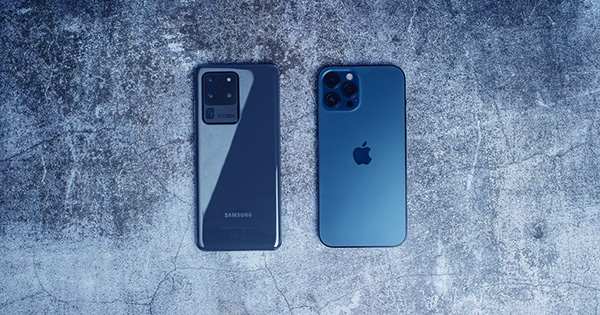Syng, an audio startup, has been generating a lot more buzz than the ordinary new hardware business, thanks to the people behind it. Chris Stringer, the company’s founder, and CEO was Jony Ifirst ve’s hire at Apple and spent 21 years there. Stringer said in an interview that hearing stereo audio for the first time was “the most spectacular product demo ever,” and that his company is working to build on that awe by developing “triphonic” audio gear that can alter the home listening experience with spatial audio.
Stringer tells TechCrunch, “It’s about converting the stage from that stage/audience static experience, which is really just a picture on the wall, to actually making the stage the square footage of your home.”
Syng has raised $48.75 million in a “combined” Series A round-headed by Palo Alto-based Eclipse Ventures, according to the business. Instagram co-founder Mike Krieger, Lionel Richie, and Airbnb co-founder Joe Gebbia are among the other investors. To date, the company has raised $50 million to develop an audio hardware startup with a strong emphasis on design and innovative technology.
The company’s hardware is based on computational audio technology, which is similar to that found in products like Apple’s HomePod and allows speakers to respond to the environment they’re in. However, Syng’s products are primarily intended for spatial audio. The Syng Cell Alpha, the company’s first product, is a high-end $1,799 speaker that looks like it belongs on a mid-century modern spaceship.
Stringer claims that the product is meant to be treated more like a piece of furniture than the brutalistic tower speakers that currently carve out the ultra-high-end of audio, which channel a bit of the Jony Ive-designed Harman Kardon SoundSticks inside a package that is meant to be treated more like a piece of furniture than the brutalistic tower speakers that currently carve out the ultra-high-end of audio. I haven’t had a chance to listen to the hardware, so I’ll hold off on making any conclusions, but while $1,799 is a lot of money for a single speaker, it’s evident that most people won’t get the most out of it if they buy just one. The Cell Alpha speakers are designed to communicate with one another, taking in input and providing consumers with a dynamic soundscape.
The ability to allow your design ideas to dictate where speakers are positioned rather than the inherent acoustics of a room is a significant selling point of this auto-adjustment. Obviously, this is only true up to a degree, but Stringer believes that this will lead to fewer audio systems centered around a massive TV on the wall and more people truly enjoying music in their homes.















